

Articles
How Often To Clean Duvet Cover
Modified: February 24, 2024
Looking for articles on how often to clean your duvet cover? Discover the ideal cleaning frequency and keep your duvet cover fresh and hygienic.
(Many of the links in this article redirect to a specific reviewed product. Your purchase of these products through affiliate links helps to generate commission for Storables.com, at no extra cost. Learn more)
Introduction:
A duvet cover is an essential component of any bedding set. It not only protects the duvet insert from dirt and stains but also adds style and personality to your bedroom decor. However, like any other bedding item, duvet covers require regular cleaning to maintain hygiene and extend their lifespan.
In this article, we will discuss the importance of cleaning a duvet cover, factors to consider when determining the frequency of cleaning, recommended cleaning frequency, signs that indicate a duvet cover needs cleaning, and proper cleaning and care instructions.
Proper maintenance of your duvet cover not only ensures a clean and fresh sleeping environment but also helps prevent the accumulation of allergens such as dust mites and pet dander. Additionally, regular cleaning can remove stains, odors, and bacteria, ensuring a healthier and more comfortable sleep.
Moreover, a clean duvet cover can enhance the overall aesthetics of your bedroom. As the duvet cover is a prominent part of the bedding ensemble, keeping it clean helps maintain a visually appealing and inviting bed setup.
When it comes to determining the frequency of cleaning your duvet cover, several factors come into play. The material and quality of the cover, personal preferences, usage patterns, and environmental factors all contribute to how often you should clean it.
Stay tuned as we dive deeper into each aspect to help you understand how often you should clean your duvet cover and how to properly care for it. Let’s start by discussing the importance of cleaning a duvet cover.
Key Takeaways:
- Regularly cleaning your duvet cover is crucial for maintaining hygiene, preventing allergies, eliminating odors, preserving the duvet insert, and enhancing bedroom aesthetics.
- Factors such as personal preferences, usage patterns, and environmental conditions should be considered when determining the frequency of cleaning your duvet cover.
Read more: How Often To Replace Duvet
Importance of Cleaning a Duvet Cover:
Keeping your duvet cover clean is essential for several reasons. Let’s explore the importance of regular cleaning:
- Maintaining Hygiene: Your duvet cover comes into direct contact with your body throughout the night, absorbing sweat, oil, and dead skin cells. Over time, these can accumulate and create an unhygienic sleeping environment. Regular cleaning helps remove these impurities, ensuring a fresh and clean bed.
- Preventing Allergies: Dust mites, pet dander, and other allergens can cling to your duvet cover, triggering allergies and respiratory issues. By washing your duvet cover regularly, you can minimize the presence of these allergens, providing relief to those with allergies or sensitivities.
- Eliminating Odors: Daily use of the duvet cover can lead to the build-up of sweat and body odors. If left unwashed, these odors can become trapped in the fabric, resulting in an unpleasant smell. Cleaning the duvet cover regularly helps eliminate these odors, creating a fresh and welcoming sleeping environment.
- Preserving the Duvet Insert: The primary purpose of a duvet cover is to protect the duvet insert from dirt, stains, and everyday wear and tear. By regularly washing the duvet cover, you prevent debris from reaching the duvet insert, extending its lifespan and keeping it in pristine condition.
- Enhancing Bedroom Aesthetics: A clean and well-maintained duvet cover contributes to an attractive and inviting bedroom decor. By regularly cleaning and caring for your duvet cover, you can ensure that it remains visually appealing and complements your overall bedroom design.
Now that we understand the crucial reasons to keep our duvet cover clean, let’s delve into the factors to consider when determining the frequency of cleaning.
Factors to Consider When Determining Frequency of Cleaning
When it comes to determining how often you should clean your duvet cover, several factors need to be taken into consideration:
- Personal Preferences: Your personal hygiene standards and comfort levels play a significant role in determining the frequency of cleaning your duvet cover. If you prefer a fresh and clean sleeping environment, you may choose to wash your duvet cover more frequently.
- Usage Patterns: How often you use your duvet cover can impact how often it needs to be cleaned. For example, if you use it on a nightly basis, it may require more frequent cleaning compared to if you only use it occasionally.
- Environmental Factors: Environmental factors such as humidity levels, pet presence, and air quality can affect how quickly your duvet cover accumulates dirt and odors. If you live in a humid climate or have pets that sleep on your bed, you may need to clean your duvet cover more frequently.
- Material and Quality: The material and quality of your duvet cover also play a role in determining its cleaning frequency. Some materials are more prone to stains and odors, requiring more frequent washing. Additionally, lower-quality duvet covers may need to be washed more often to maintain their appearance and functionality.
- Instructions from Manufacturer: It is important to refer to the care instructions provided by the manufacturer of your duvet cover. These instructions often include specific recommendations on how often to clean the cover to preserve its quality and ensure longevity.
By taking these factors into account, you can make an informed decision about the frequency of cleaning your duvet cover. In the next section, we will provide some recommended guidelines for cleaning your duvet cover.
Recommended Frequency for Cleaning a Duvet Cover
While the frequency of cleaning a duvet cover can vary depending on personal preferences and individual circumstances, there are some general guidelines to consider:
- Every Two to Four Weeks: As a general rule, it is recommended to wash your duvet cover every two to four weeks. This allows for regular maintenance and prevents the buildup of dirt, sweat, and allergens. However, if you have specific allergies or sensitivities, you may want to clean it more frequently.
- Change with the Seasons: Consider washing your duvet cover at the change of seasons. This helps refresh your bedding for the upcoming season and ensures that you start with a clean and comfortable sleeping environment. It is especially important to clean the duvet cover before storing it away for the season.
- Sweat and Stain Accumulation: If you actively sweat or have stains on your duvet cover, it is advisable to clean it more frequently. Sweat and stains can lead to unpleasant odors and affect the overall cleanliness of your bedding. Addressing them promptly can help maintain a fresh and hygienic sleeping environment.
- Allergen Management: If you have allergies or respiratory sensitivities, consider washing your duvet cover more frequently. This helps reduce the presence of dust mites, pet dander, and other allergens that can accumulate on the fabric. Regular cleaning can contribute to better sleep and respiratory health.
Keep in mind that these recommendations are general guidelines and can be adjusted based on your personal needs and circumstances. It is important to assess the condition of your duvet cover regularly and adjust the cleaning frequency accordingly.
Now that we have discussed the recommended frequency of cleaning, let’s move on to the next section where we will uncover the signs that indicate a duvet cover needs to be cleaned.
It is recommended to clean your duvet cover every 1-2 weeks to remove dust, sweat, and other debris. Follow the care instructions on the label for best results.
Signs that a Duvet Cover Needs to be Cleaned
Your duvet cover may give off certain signs that indicate it is time for a thorough cleaning. Pay attention to the following signs, as they suggest that your duvet cover needs some TLC:
- Stains: Obvious stains on your duvet cover are a clear sign that it requires cleaning. Whether it’s food stains, sweat stains, or any other marks, addressing them promptly will help maintain the appearance and cleanliness of your bedding.
- Odors: If your duvet cover emits a noticeable odor, even after being freshly laundered, it’s a sign that it needs washing. Accumulated sweat, body oils, and other sources of odor can cling to the fabric and create an unwelcome smell. A thorough cleaning will eliminate these odors, leaving your bedding smelling fresh and clean.
- Allergy Symptoms: If you start experiencing increased allergy symptoms, such as sneezing, itching, or congestion, it may be a sign that your duvet cover harbors allergens. Dust mites, pet dander, and pollen can accumulate on the fabric, triggering allergic reactions. Washing the duvet cover can help reduce these allergens and alleviate your symptoms.
- Visible Dust or Lint: If you notice a layer of dust or lint on your duvet cover, it’s an indication that it needs cleaning. Dust can accumulate over time, especially if you live in a dusty environment or have pets. Regular washing will remove this dust and maintain a clean sleeping surface.
- General Discomfort: If you find yourself feeling uncomfortable or less rested after using your duvet cover, it may be a sign that it needs washing. Lingering sweat, allergens, and accumulated dirt can impact your sleep quality and overall comfort. Keeping your duvet cover clean and fresh contributes to a better sleep experience.
Pay attention to these signs and address them promptly to ensure that your duvet cover remains clean, fresh, and hygienic. In the next section, we will discuss proper cleaning and care instructions for your duvet cover.
Read more: What Is A Duvet Cover
Proper Cleaning and Care Instructions for a Duvet Cover
To maintain the quality and longevity of your duvet cover, it is important to follow the proper cleaning and care instructions. Here are some guidelines to help you keep your duvet cover in optimal condition:
- Read the Care Label: Start by carefully reading and following the care label attached to your duvet cover. This label provides specific instructions from the manufacturer regarding cleaning methods and recommended water temperature.
- Pre-treat Stains: Before laundering your duvet cover, pre-treat any visible stains. Use a mild stain remover or a dab of laundry detergent directly on the affected area. Gently rub the stain to help break up the residue, then proceed with the regular washing process.
- Machine Wash: Most duvet covers can be safely machine washed. Select a delicate or gentle cycle to protect the fabric and prevent excessive wear. Use a mild detergent that is suitable for your fabric type. Adding baking soda to the detergent can provide extra freshness and help eliminate odors.
- Water Temperature: The appropriate water temperature for washing your duvet cover depends on the fabric material. Generally, warm or cold water is sufficient for most fabrics. However, if your duvet cover is made of delicate or prone-to-shrink fabrics, opt for cold water to prevent damage or shrinkage.
- Avoid Overloading the Machine: Avoid overcrowding the washing machine when laundering your duvet cover. This can lead to inadequate cleaning and increase the risk of fabric damage. If necessary, wash the duvet cover separately or with a few other lightweight items.
- Gentle Drying: After washing, tumble dry your duvet cover on a low heat setting or air dry it if possible. High heat can damage the fabric or cause shrinkage. Remove the duvet cover from the dryer as soon as it’s dry to prevent wrinkling.
- Ironing and Steaming: If desired, you can iron or steam the duvet cover to remove any wrinkles. Refer to the care label for appropriate ironing settings based on the fabric type. Alternatively, hang the duvet cover to air out and smooth out naturally.
- Storage: When storing your duvet cover, ensure it is clean and completely dry to prevent mildew or musty odors. Store it in a cool, dry place away from direct sunlight to avoid fading or discoloration. Consider using a breathable fabric storage bag to protect it from dust and dirt.
Following these proper cleaning and care instructions will help keep your duvet cover clean, fresh, and in excellent condition for a long time. Let’s conclude our article with a summary of the key points.
Conclusion:
Keeping your duvet cover clean is vital for maintaining a healthy sleeping environment and prolonging the life of your bedding. Regular cleaning helps remove dirt, stains, allergens, and odors that can accumulate over time. By following the recommended guidelines, you can ensure that your duvet cover remains fresh, hygienic, and visually appealing.
Factors such as personal preference, usage patterns, and environmental conditions should be taken into account when determining the frequency of cleaning your duvet cover. Generally, washing it every two to four weeks is recommended, but you may need to adjust based on specific needs and circumstances.
Signs that indicate a duvet cover needs cleaning include stains, odors, allergic reactions, visible dust or lint, and general discomfort. Pay attention to these signs and address them promptly to maintain a clean and comfortable sleeping environment.
When cleaning your duvet cover, always refer to the care label for specific instructions. Pre-treat stains, use appropriate water temperature, avoid overloading the washing machine, and opt for gentle drying methods. Iron or steam the duvet cover if desired, and store it in a clean, dry place when not in use.
By following proper cleaning and care instructions, you can ensure that your duvet cover continues to provide comfort, style, and longevity. Remember to assess the condition of your duvet cover regularly and adjust the cleaning frequency as needed.
A clean and well-maintained duvet cover not only enhances your sleeping experience but also adds a touch of elegance to your bedroom decor. So, invest the time and effort in keeping your duvet cover clean, and enjoy a fresh and inviting bed every night.
Frequently Asked Questions about How Often To Clean Duvet Cover
Was this page helpful?
At Storables.com, we guarantee accurate and reliable information. Our content, validated by Expert Board Contributors, is crafted following stringent Editorial Policies. We're committed to providing you with well-researched, expert-backed insights for all your informational needs.





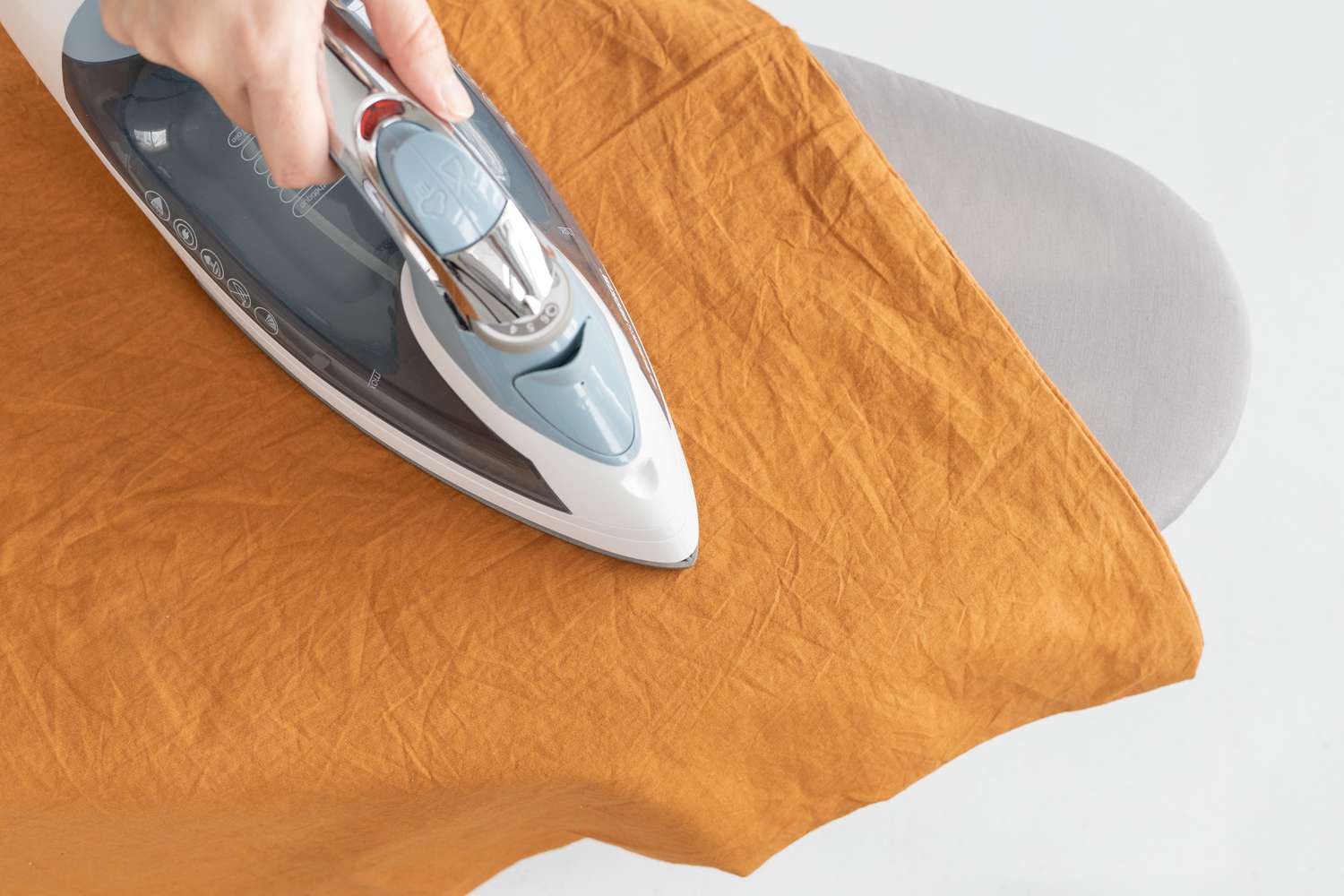

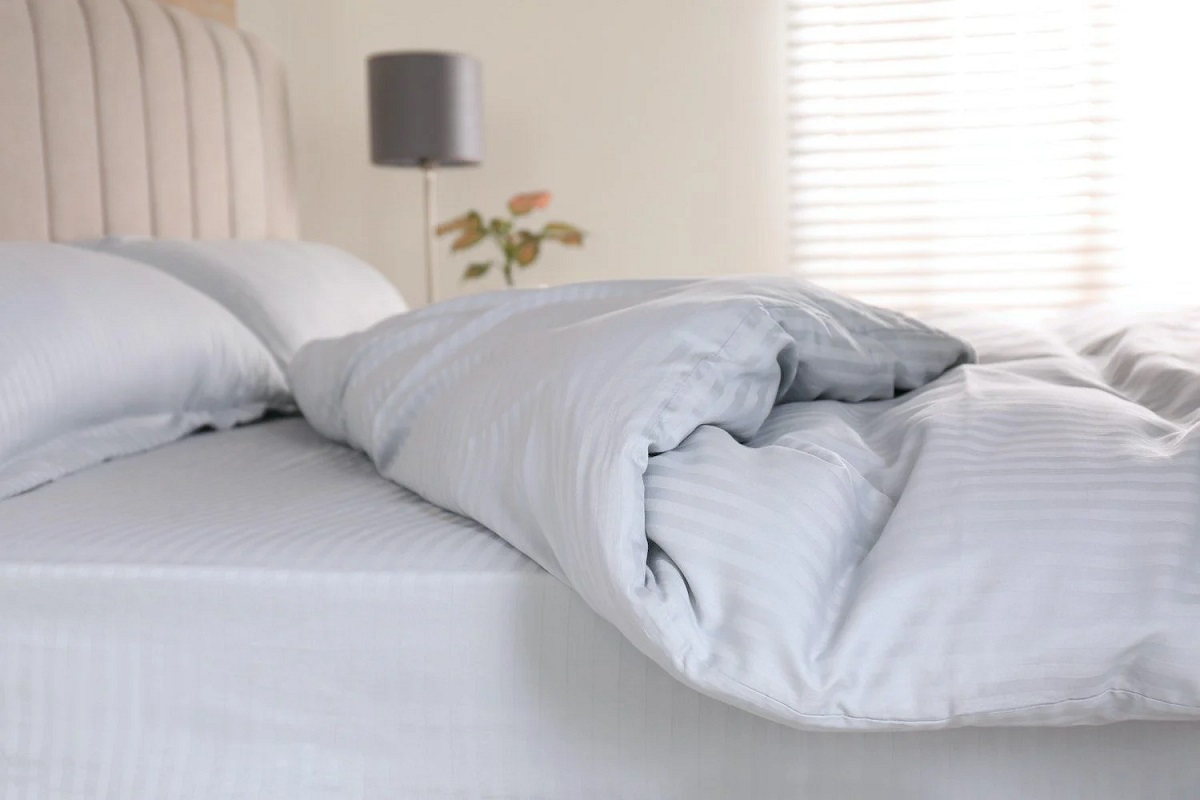
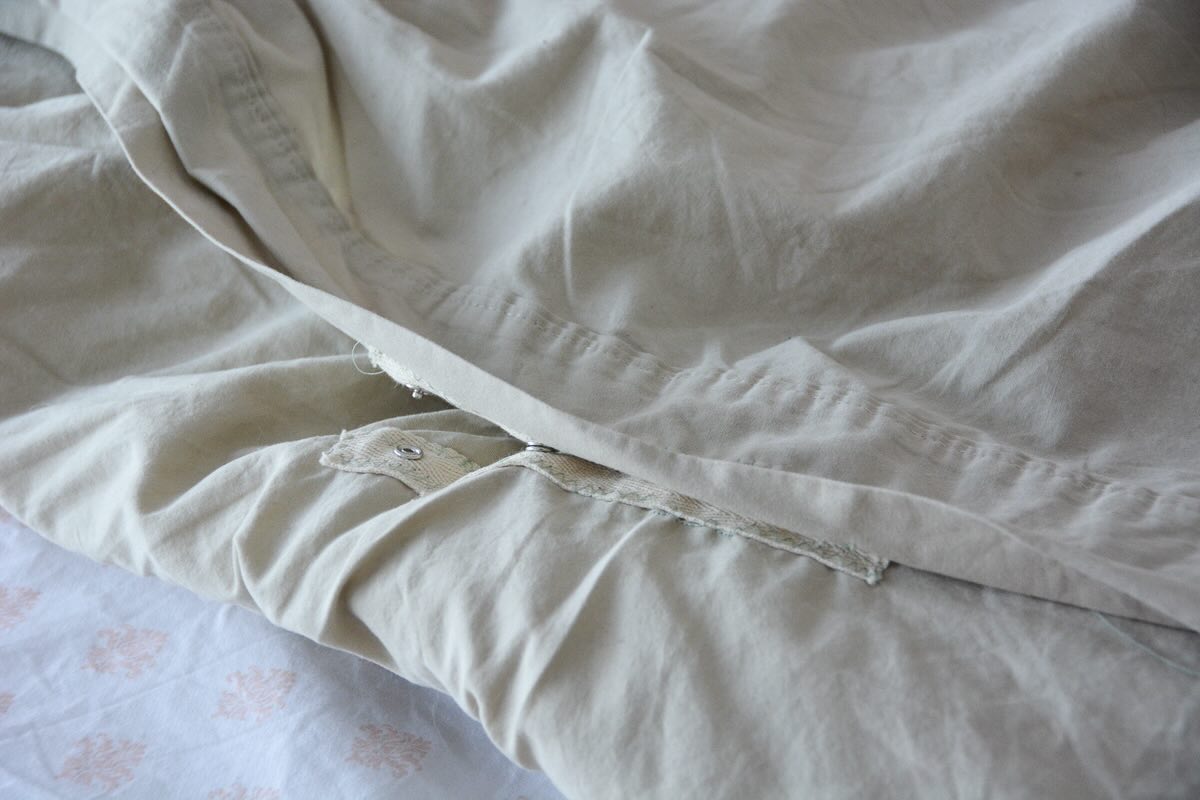
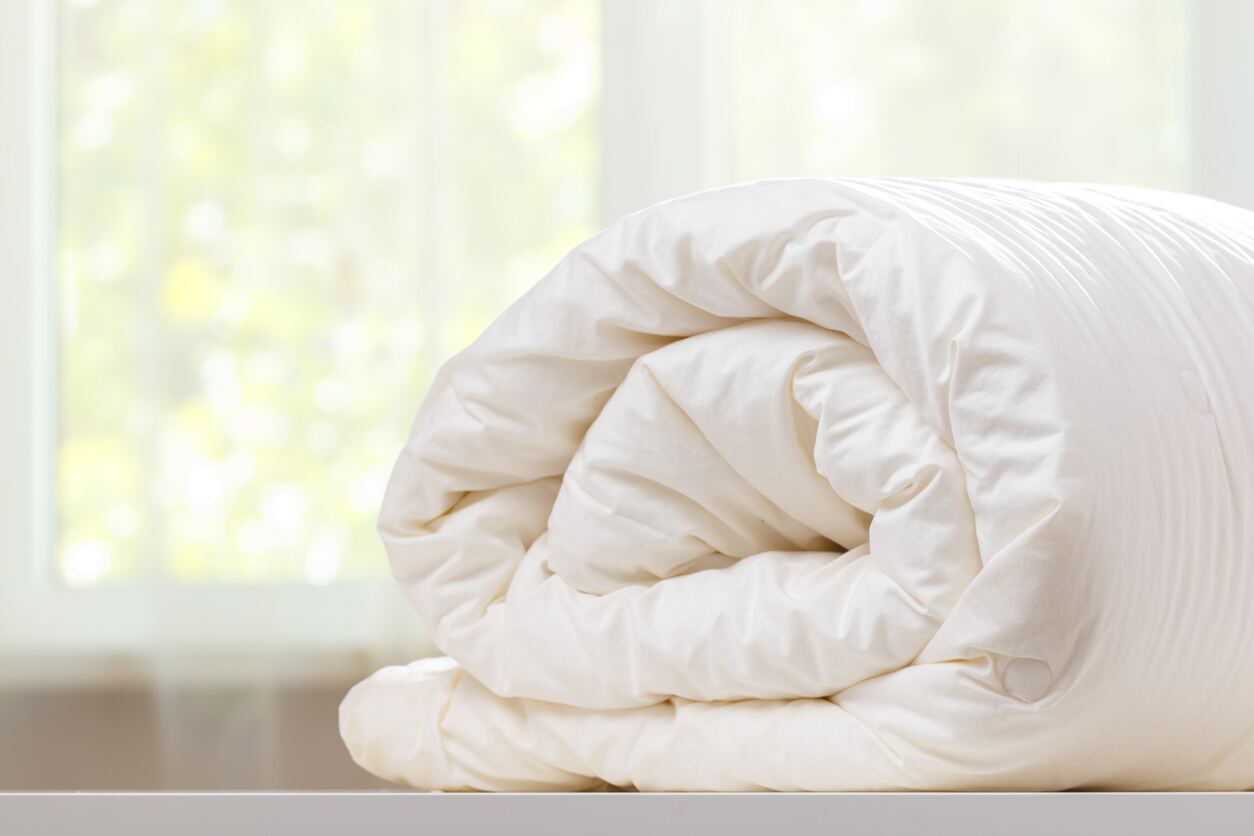

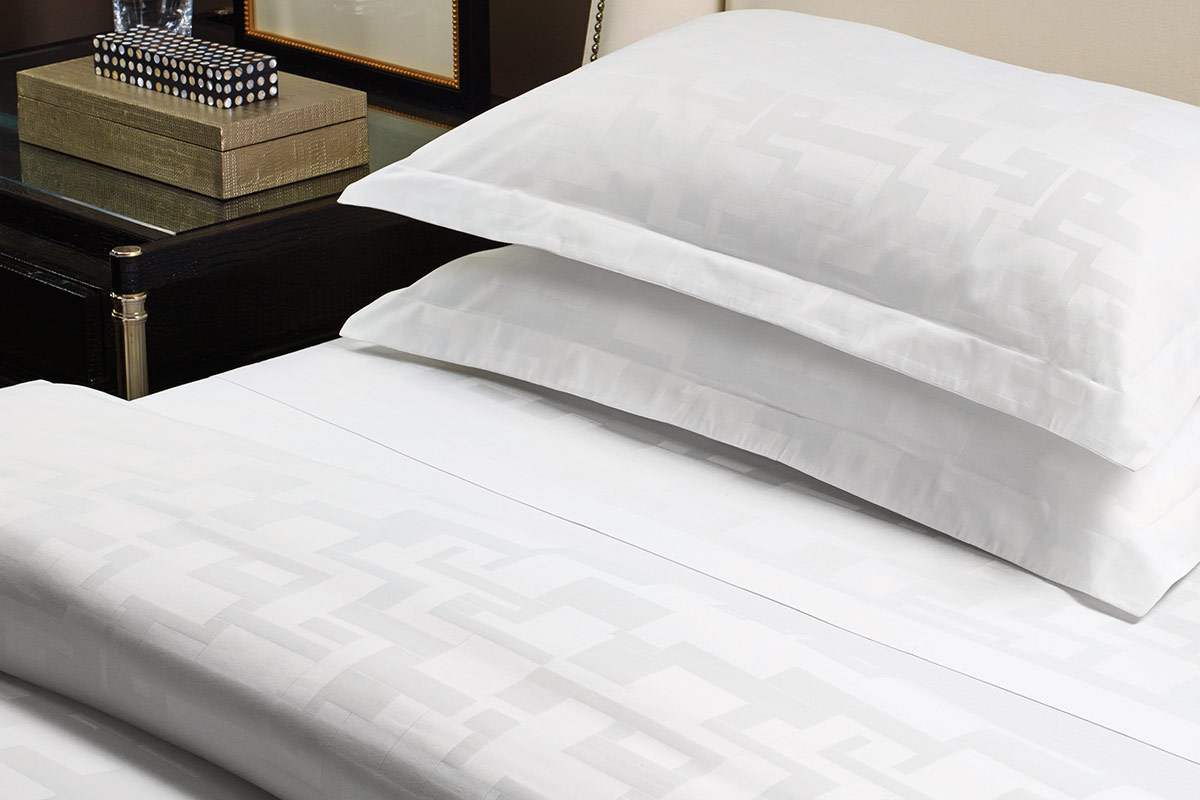

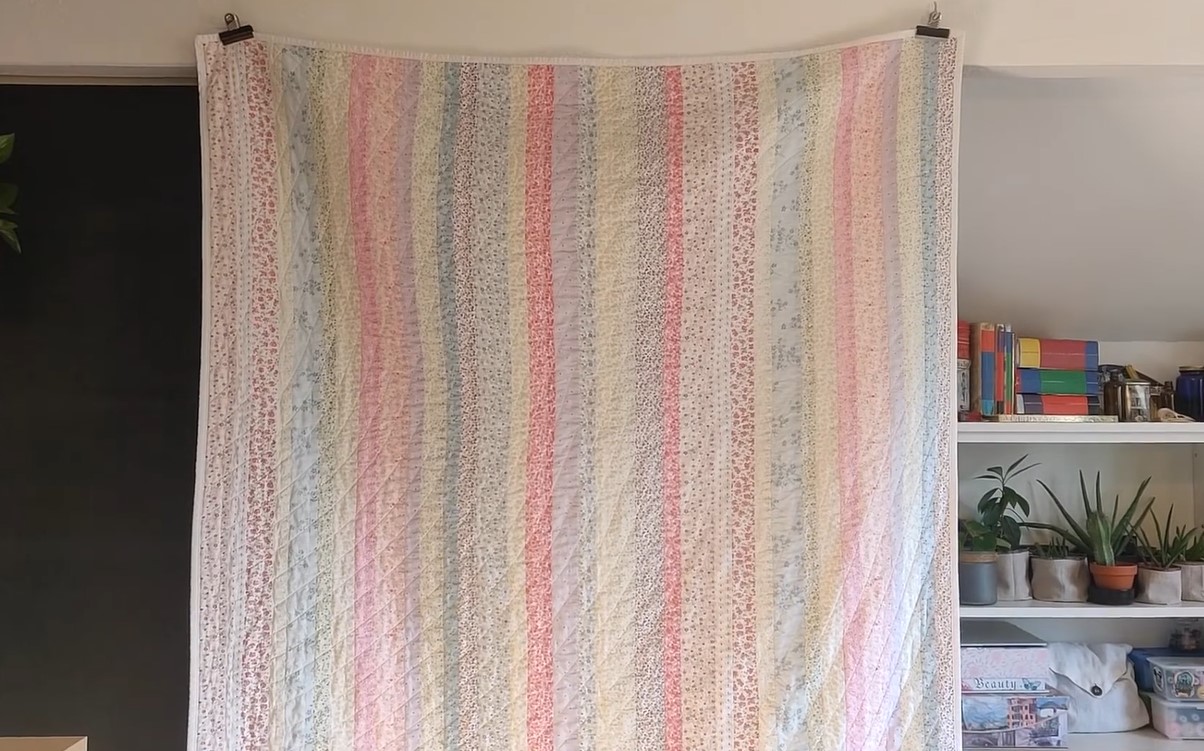

0 thoughts on “How Often To Clean Duvet Cover”